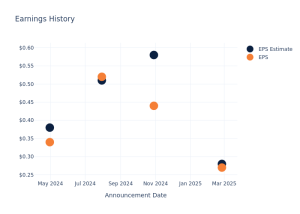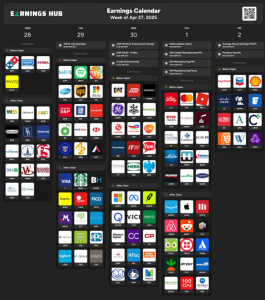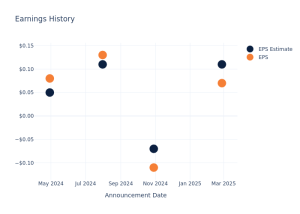
While investors worry about the markets, the Federal Reserve Bank of Philadelphia is raising the alarm about another economic indicator: credit-card payments.
According to the central bank, more than one in 10 Americans (11.1%) paid the bare minimum monthly on their credit-card debt in the fourth quarter of 2024.
That’s a sign of consumer distress, and it’s at a 12-year high.
Another distress signal? Credit-card accounts that are three months or more past due, which also hit a record high in the fourth quarter of 2024.
Read on to learn why so many Americans owe so much, what to do if you’re one of them and how to get out and stay out of debt.
It’s no surprise Americans are struggling with debt, given pandemic and post-pandemic inflation.
The Federal Reserve aims to hold inflation at around 2% annually, but it hit 4.7% in 2021, soared to 8% in 2022; then dipped down to 4.1% in 2023, still double the target.
Last year, it settled at 2.9% and in March 2025 it fell to 2.4%.
Unfortunately, Americans’ wallets have not caught up. They’ve been using their credit cards to get by throughout this inflationary era.
In fact, Debt.com’s 2025 credit card survey reveals that one in three Americans relies on credit cards to make ends meet. Nearly the same number have maxed out their cards in light of rising costs.
President Trump’s tariffs will likely drive prices up further, which could exacerbate this troubling trend of people turning to cards to cover the basics.
If you have consumer debt, don’t skip payments on any of your credit-card balances. That could damage your credit score.
Mark payment due dates on your calendar and set up reminders to double- or triple-check that the payments go through.
With the average credit card interest rate coming in at 21.37% as of February 2025, credit card debt is really expensive. Minimum payments barely cover the interest.
That’s why paying off your credit card balance every month is best, but if you can’t afford that, try to pay more than the minimum.
To make headway on your debt:



